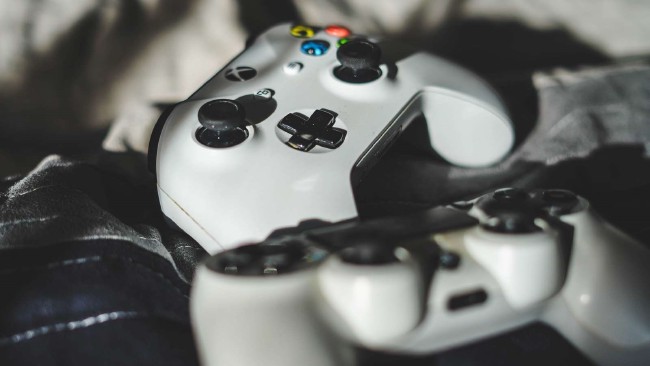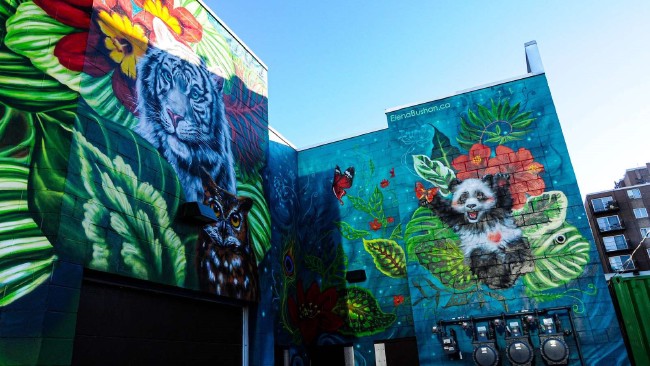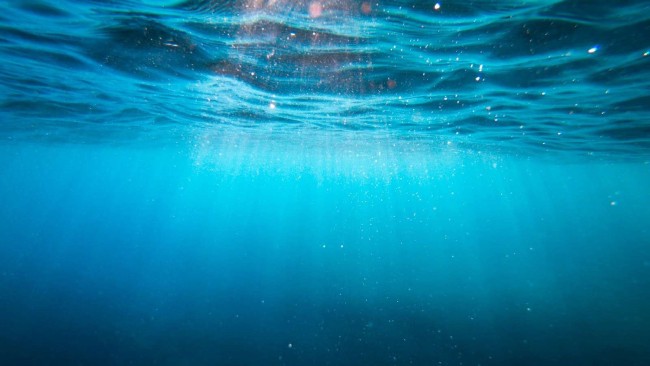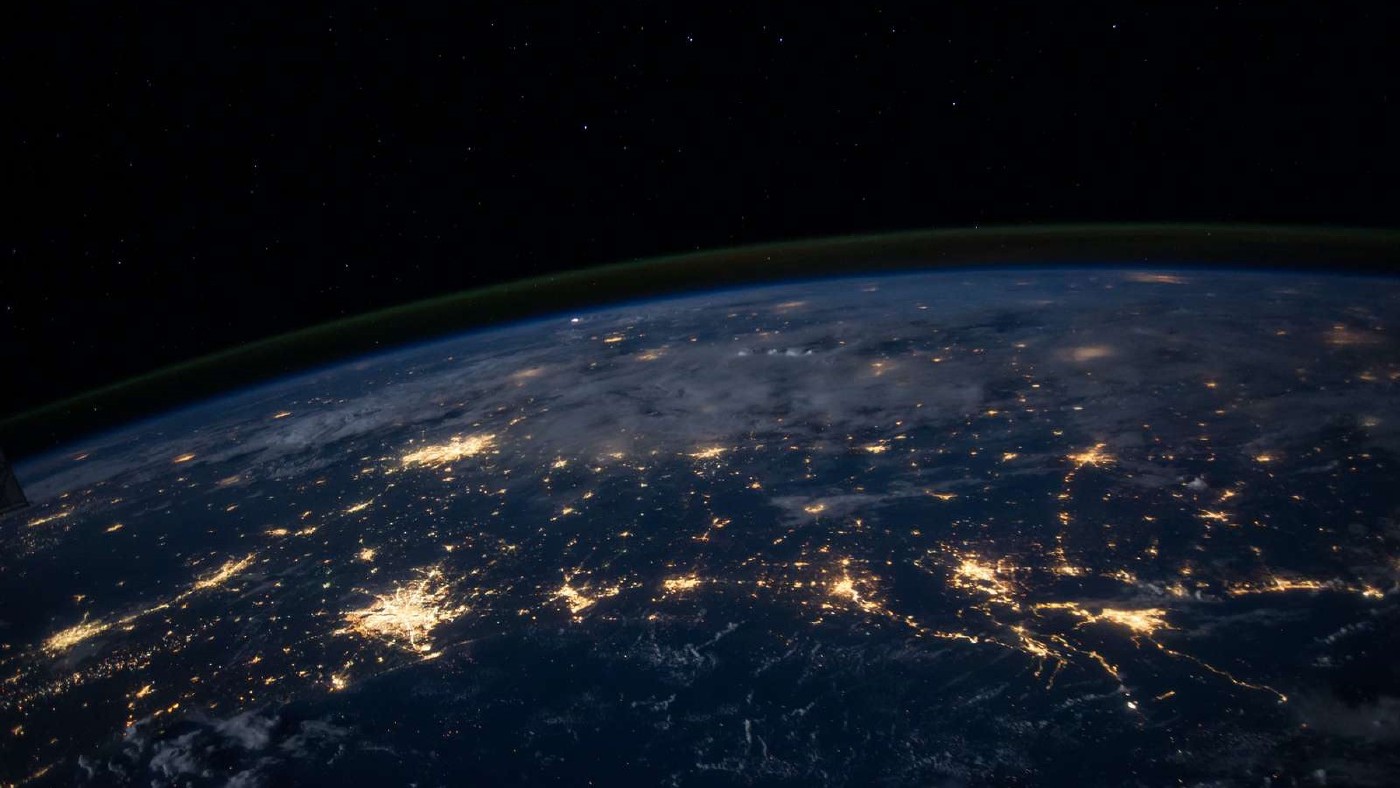
🐄 Kinetic Energy and Methane Masks
Kia Ora 👋 *Did you know? *The International Union for Conservation of Nature (IUCN) has recently upgraded the giant panda from “endangered” to “vulnerable.” Today, we also celebrate the birth of two baby pandas in France! 🐼
📈 Uplifting Trends and Facts
- UK’s woodland cover is back to medieval levels, thanks to the country’s “rewilding” policy.
- Pakistan met its climate goals 10 years before the United Nations deadline.
- Paper recycling in Europe has almost doubled in the past 25 years, going from 40% in 1991 to 74% in 2020.
- Female youth literacy worldwide was up to 92% in 2019, 20% above the 77% level in 1975.
- Since 2015, and a change in the Saudi Arabian legislation, Vatican City is the last place on Earth where women aren’t allowed to vote by law.
🚶♀️ The Startup That Transforms Motion Into Electricity
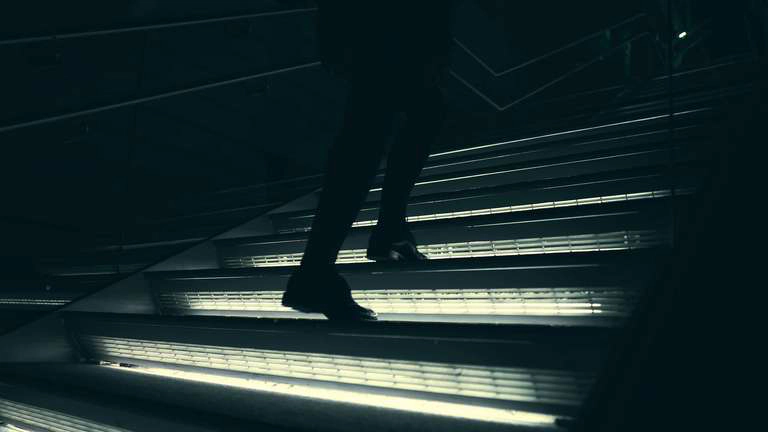
In Sierra Leone, Jeremiah Thoronka founded Optim Energy to provide people in his community with clean, affordable and reliable energy. His innovative idea is to leverage kinetic energy – the energy objects have when in motion – to generate clean electricity.
When he was 17, he designed a piezoelectric device that harnesses energy from heat, movement and pressure. When installed under a road, it absorbs vibrations from the ongoing traffic to generate electric current – without any external power source nor emissions!
With only two devices, Optim Energy managed to provide free-of-charge power to 150 households and 15 schools. However, the benefits for the community go beyond its energy needs. Indeed, children’s health and school performance improved once they gained access to lighting and lived in smoke-free homes. Also, street lightning increased safety in the neighbourhood, which allowed businesses to stay open later into the evening. Finally, deforestation fell in the area since people no longer rely on firewood.
Why does it matter? In Sierra Leone, only 26% of the population has access to electricity. In rural areas, this proportion plunges to 6%. Most families, therefore, rely on charcoal and firewood to generate heat and light, which leads to poor health conditions and frequent house fires. Moreover, the related deforestation made the country highly vulnerable to climate change, extreme flooding and landslides.
By 2030, Optim Energy intends to provide power to 100,000 people as well as health clinics throughout Sierra Leone. Jeremiah believes that access to energy is a human right. Through his startup, he is developing a sustainable energy system while enhancing education, health and safety in his community 🤩
🐄 The Device That Reduces Cows’ Methane Emissions
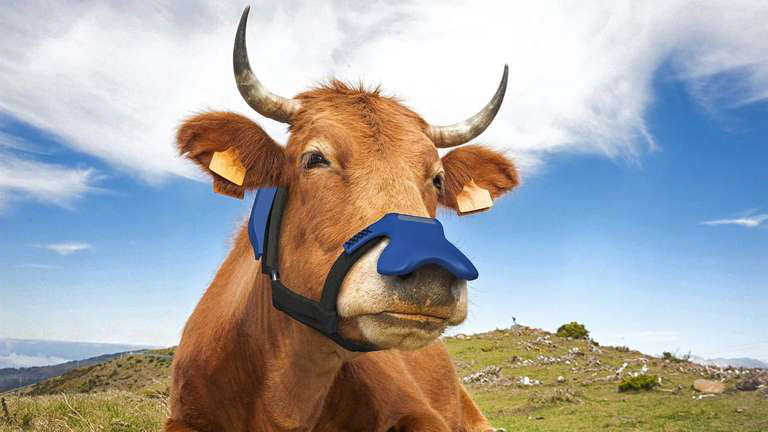
Francisco Norris and his brother Patricio come from a cattle-ranching family in Argentina. In the UK, they founded Zelp, a company that aims to capture methane emissions at the source.
Because of their background, they knew that cows exhale most of the methane through their mouth and nostrils, so they designed a device that sits above the cow’s nose and detects methane. When its level passes a certain threshold, the device absorbs the gas and turns it into water vapour and CO2 – a far less potent greenhouse gas. According to their research, they can reduce the animal’s emissions to less than 2% of their original value!
Fransisco insisted that the mechanism remained practical for cattle to wear and did not affect them in any way. While testing the prototype, the team thus made sure to monitor any signs of discomfort, such as changes in how much a cow ate, to implement this vision.
Why does it matter? In a year, the billion cows and bulls on the planet can each release 200 pounds of methane, a greenhouse gas 80 times more potent than CO2. Over the next few decades, the United Nations predicts that beef and dairy consumption will rise by 70%, increasing the global cattle population and associated emissions.
The Zelp device, which should be on the market in 2022, is designed to last 4 years on a cow without requiring any replacement or recharge. Since it also captures and tracks emissions, farmers will increase their margins by featuring the environmental benefit of their milk and even add a new revenue stream by selling carbon credits.
🎯 The Pick
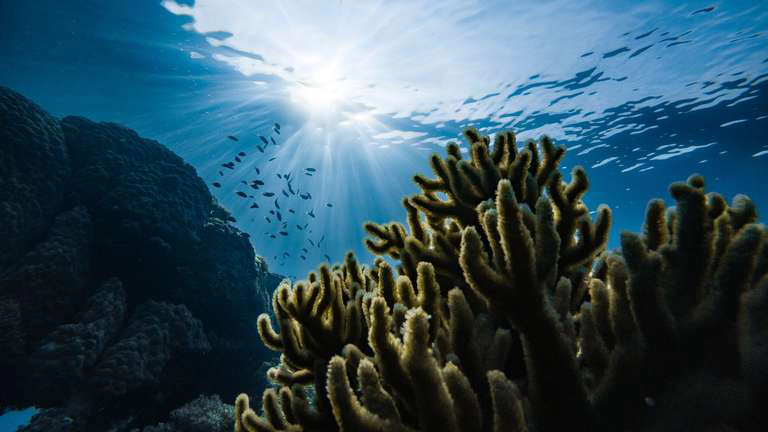
The Sri Lankan government gives decommissioned buses a second life by sinking them in the ocean to serve as fish-breeding sites. The Sri Lankan Department of Fisheries and Aquatic Resources (DFAR) has already sunk dozens of buses at three sites.
So far, the results are encouraging as the buses have already attracted a lot of fish. Indeed, a bus body structure seems to be ideal for fish to gather around and is also perfect for accumulating algae, mollusks, and corals. Of course, the agency checked the buses were free of pollutants beforehand.
On land, old buses take up space and offer a pretty poor view. Moreover, they collect rainwater, creating mosquito-breeding sites and contributing to diseases such as malaria and dengue fever. On the other hand, once in the water, they become tourist attractions, on top of the ecological benefits they provide.
Why does it matter? Most natural Sri Lankan natural fish breeding spots have been lost to climate change, natural disasters and destructive fishing practices. Protecting these habitats and stopping illegal fishing practices are, therefore, crucial for the country’s biodiversity.
By repurposing old bus carcasses, the Sri Lankan government implemented an innovative idea that will please both biodiversity and scuba diving enthusiasts 🤿
🌍 Meanwhile, Worldwide…
🤖 4ocean and Poralu Marine partnered to create a robot that picks up microplastics on beaches. This solar-powered technology can cover around 3,000 square meters per hour and collect pieces as small as one square centimetre.
🍇 The University of Adelaide (Australia) is developing water sensors, thermal imaging and rovers with artificial intelligence to help winegrowers manage their crops. In a state that hosts more than half of the country’s vineyards, researchers aim to bring sustainable and cost-effective solutions in the face of climate change and water shortages.
💡 In 1964, the Tokyo Olympics launched the groundbreaking Shinkansen high-speed train. In 2021, the Japanese Organising Committee presented the first hydrogen-powered Olympics, including vehicles, stadiums, hotels, and the Olympic village. Hydrogen – the most abundant element in the universe – can be produced using renewable electricity and emits no carbon dioxide when used.
🐝 Researchers at the Delft University of Technology (Netherlands) created a new device to be used in keyhole surgery inspired by the way… wasps lay their eggs. This new tool uses friction, instead of suction, to transport tissue and is thus immune to clogging while reaching previously inaccessible body parts.
🏅 The Tokyo Medal Project recycled electronic waste to produce this year’s Olympic medals. This initiative collected 80 tonnes of electronic devices throughout Japan to produce 32kg of gold, 3.5 tonnes of silver and 2.2 tonnes of bronze and create 5,000 medals. The goal was to raise awareness around e-waste and set a precedent for the next Games.
😍 Wholesomeness

That’s a wrap. If you enjoyed this newsletter, please share it with your friends! For any feedback, reach out and drop a comment here or on our social media platforms :-)
Have an amazing week ahead 💗
Related Posts
🎮 Removing Sticky Labels on Veggies and Cleaning the Ocean for Fun
Hola 👋 Did you know? Greenland recently announced a halt on new oil and gas exploration, stating that “the future belongs to renewable energy.
🎨 Cleaning the Air With Graffiti and Generating Power From Cocoa Waste
Bonjour 👋 Did you know? A quarter of UK’s homes sit above abandoned coal mines, flooded with warm water. This water could be pumped to generate zero-carbon heating for homes and warehouses.
🐞 Gardening Underwater and Replacing Pesticides With Laser Beams
Bem-vindo 👋 Did you know? The elephant population in Tanzania rose from 43,000 in 2014 to 60,000 in 2019. Since 2015, the country has cut poaching by 5, thanks to a “zero poaching” strategy that led to the prosecution of many ringleaders 🐘🎉
